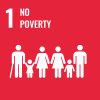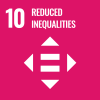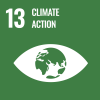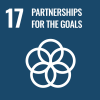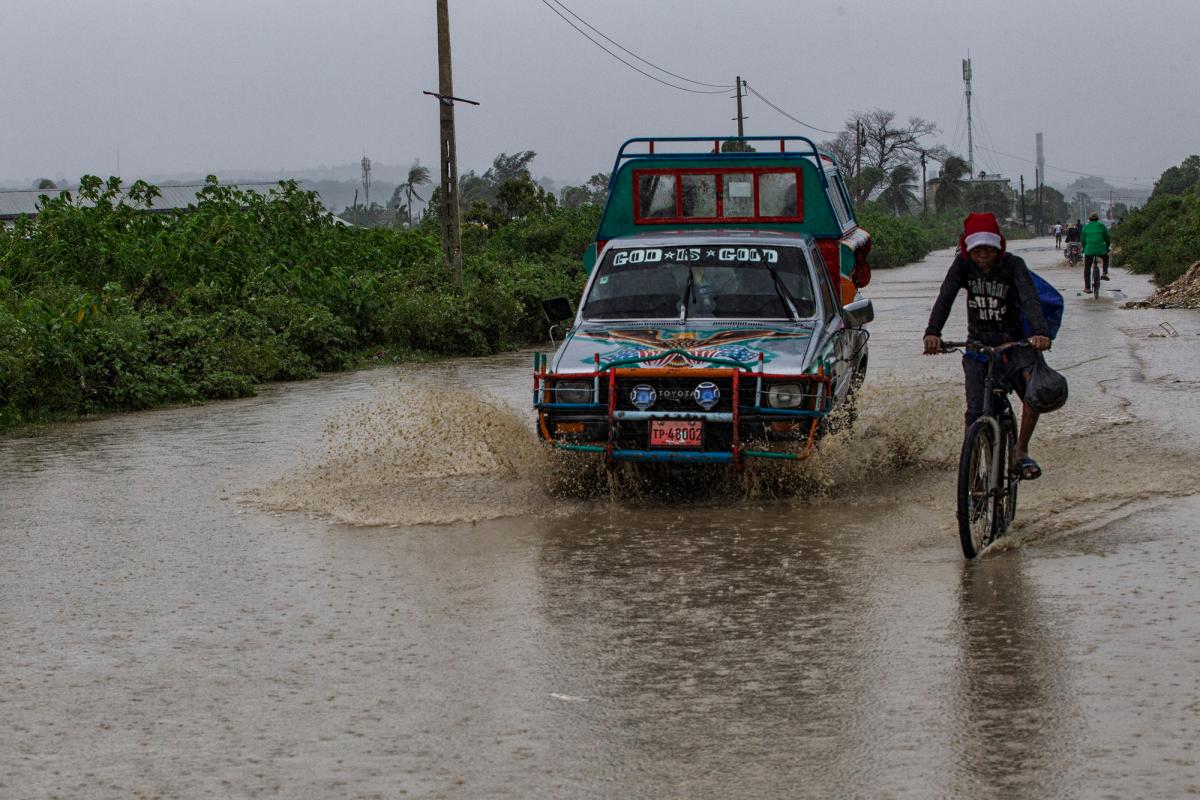
INTRODUCTION
The recent confluence of crises – the COVID-19 pandemic, violent conflicts, and climate change – has caused severe setbacks to central objectives of social development, such as poverty eradication, employment generation, inequality reduction, and building inclusive societies. People and societies in vulnerable situations have been hit the hardest by the converging crises.
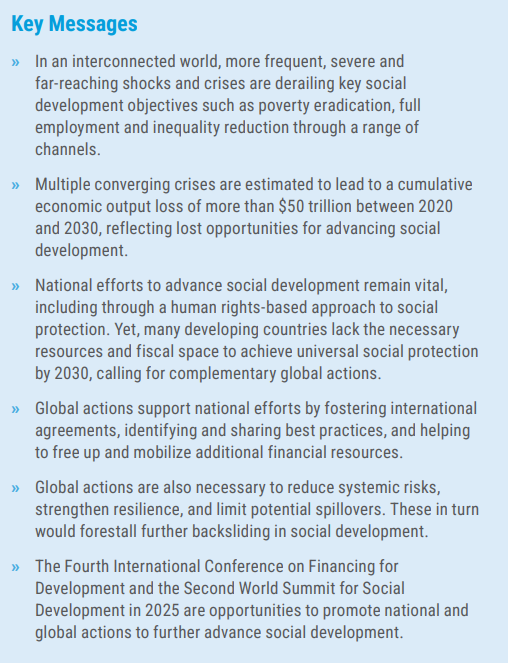
There are indications that shocks and crises are becoming ever more frequent, severe, and far-reaching – driven by the worsening effects of climate change, the growing probability of pandemics, growing geopolitical tensions, and increasingly dense global networks of trade, finance and transport. The effects of these converging crises can be severe and long-lasting, as they may exhaust public and private response capacities, cause economic scarring, and trap people in a cycle of poverty. The World Social Report (WSR 2024) estimates that the potential cumulative global economic output loss could be over $50 trillion in the 2020–2030 period, an indication of lost opportunities for social development.
National social protection mechanisms can help to protect and further advance social development. These mechanisms, by limiting the adverse impacts of shocks and crises, especially on people in vulnerable situations, and by supporting short-term recovery, enhance longer-term resilience and foster sustainable and inclusive growth. Yet only 47 per cent of the global population and as few as 13 per cent in low-income countries, are estimated to have access to at least one social protection benefit (figure 1).
At the same time, converging crises may increase the cost of providing adequate and universal social protection, while also depleting public financial resources. As a result, many developing countries, including most low- and lower-middle-income countries, would find it difficult to achieve universal social protection by 2030 without additional international support.
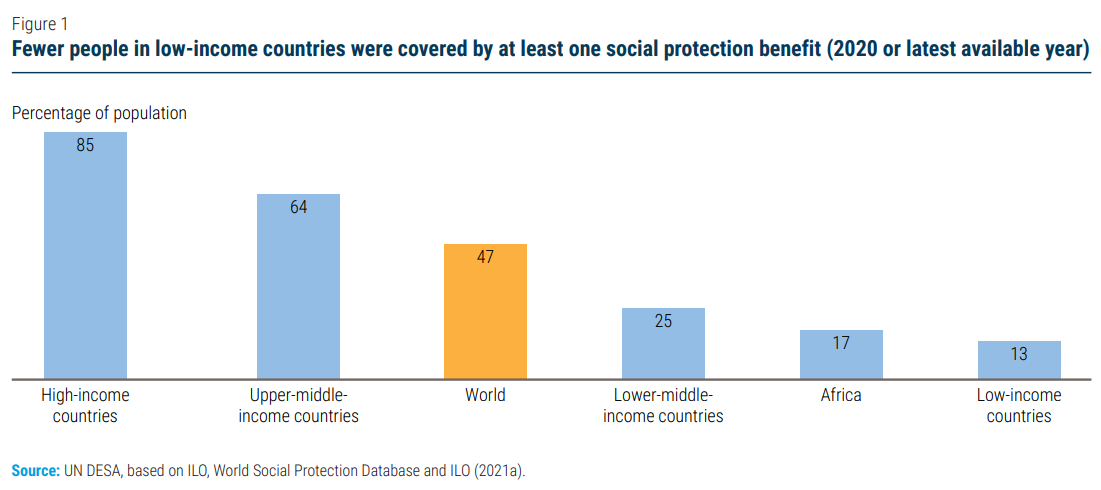
This policy brief proposes global action to strengthen social development and enhance resilience to crises through two inter-related areas: (i) global action to support national efforts to advance social development; and (ii) global action to reduce systemic risks, strengthen resilience, and limit spillovers.
SUPPORTING NATIONAL EFFORTS TO ADVANCE SOCIAL DEVELOPMENT
Global action can support national social development efforts through cooperation in several ways, including by identifying and sharing best practices; helping to free up and mobilize additional domestic and international resources; and fostering stronger international agreements. Essential complementary measures, such as supporting stable growth pathways that are consistent with social development, and facilitating institutional development are also needed in the medium term.
The Copenhagen Declaration – the outcome of the First World Summit for Social Development in 1995 – called for strengthening international cooperation – particularly technical and financial cooperation – to achieve social development. A human rights-based approach to social protection, prescribed by law, can guarantee its continuity and predictability at times of crises, which can help to reduce the need for ad hoc emergency actions. This, together with commitments to share international best practices, can promote national legal instruments that create entitlements and ensure permanence, and encourage governments to build more inclusive, sustainable and resilient societies.
Countries that are currently in or at high risk of debt distress – including over half of all low-income countries – will require greater efforts to free up funding for social protection. This includes meaningful debt relief in the short term, and a strengthening of the sovereign debt architecture in the longer term. Other measures such as debt swaps for social development can also be considered. Increased uptake of such debt swaps could be encouraged by more standardized contracts that could help to reduce transaction costs and by additional financial support.
Official development assistance, particularly for countries in special situations, will be needed to improve domestic and regional resource mobilization and to directly supplement funding for social development. With increased frequency and amplified impacts of correlated natural hazard-related shocks, greater donor support would also be required for maintaining the financial viability of regional risk pools such as the Caribbean Catastrophe Risk Insurance Facility, the Pacific Catastrophe Risk Insurance Company, and the African Risk Capacity.
GLOBAL ACTIONS TO INCREASE RESILIENCE IN AN INTERCONNECTED WORLD
Another form of global action in support of social development consists of efforts to reduce systemic risks; strengthen resilience; and limit potential spillovers from the outset. These types of anticipatory actions are gaining importance and urgency in a context of converging crises that can rapidly spill across national boundaries. They could help lower both the frequency and the impacts of shocks and crises, which in turn would reduce the cost for lives and livelihoods, thereby protecting advances in social development at the national levels. By reducing the need for costly emergency responses and recovery after a crisis, they would also free up resources to implement other policies to advance social development, including those presented in the previous section. By putting people at the centre, global actions can deliver a double dividend for social development (figure 2).
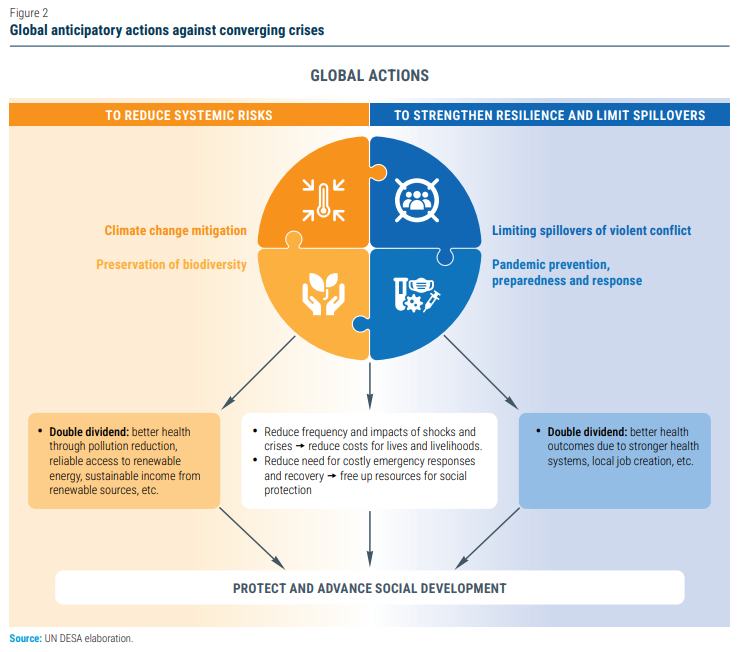
Reducing systemic risks
Global actions in areas such as climate change mitigation or the preservation of biodiversity can reduce systemic risks from the outset, by (i) limiting the increase in the likelihood and severity of climate-related disasters, with knock-on effects on social development; and by (ii) limiting or reversing threats to ecosystem services that are vital for economic and social wellbeing.
Climate change mitigation requires sharp reductions of total global greenhouse gas (GHG) emissions. The global benefits of climate change mitigation – from limiting the changes in weather patterns that threaten agricultural yields, health, productive assets and infrastructure, among many others – eclipse the cost of cutting emissions and could translate into huge gains to social development. Yet, the world is not on track to reach the Paris Agreement’s temperature goals.
Countries that are more vulnerable to climate change and stand to gain more from climate change mitigation have historically contributed the least to GHG emissions. These countries also have lower technical and financial capacities to contribute to global climate mitigation efforts than more advanced countries. Taking these differences into account, the global discussions in the United Nations Framework Convention on Climate Change (UNFCC) resulted in an agreement based on “common but differentiated responsibilities and respective capabilities” to address climate change.
Countries must urgently step up their efforts to enable and implement the necessary transitions in ways that will also advance social development. That will require additional financial, technical and capacity-building support and the sharing of necessary technology. Additional benefits at the national level, such as reduced air pollution and greater energy security, can further incentivize steps to reduce GHG emissions; At the same time, design and implementation would need to safeguard against (possibly inadvertent) negative impacts on the vulnerable. At the global level, the effective operationalization of the agreed Loss and Damage Fund would boost such outcomes.
Monitoring, evaluation and reporting systems need to be strengthened, and national statistical systems should include all necessary statistics for monitoring climate change and its impacts and supporting the implementation of mitigation and adaptation actions. In 2022, the fifty-third session of the United Nations Statistical Commission adopted the Global Set of Climate Change Statistics and Indicators and encouraged its implementation in countries.
Biodiversity preservation can provide vital ecosystem services at the local, national and regional levels. For example, biodiversity preservation provides ecosystem services like the provision of food, clean air and water, flood and erosion control, which are critical for human beings, especially the most vulnerable people and societies. In addition, intact biomes can mitigate global systemic risks, for example by acting as carbon sinks (thus mitigating climate change) and by reducing the risk of emergence of new zoonotic diseases (and, hence, pandemics). Recent estimates suggest economic, social and cultural losses from habitat degradation of $50 trillion per year at the global level, compared to investment needs for biodiversity preservation of less than $1 trillion per year.
However, the world’s most valuable biomes – in terms of biodiversity and climate services – are located in developing countries that can face high opportunity costs (for example, from foregone land use), as well as resource constraints and competing development priorities. The Kunming-Montreal Global Biodiversity Framework, agreed in 2022, lays out ambitious goals and concrete measures to halt and reverse nature loss, and contains new provisions for capacity-building and technical and scientific cooperation and increased financing for developing countries to incentivize such action.
Strengthening resilience and limiting spillovers
Global actions that limit the spillovers of violent conflict or that foster pandemic prevention, preparedness and response are among those that can strengthen resilience and prevent or reduce spillovers between systems and across borders.
Locally confined violent conflicts can – beyond the dire impact on those directly affected – create challenges for social development in other parts of the world, through the disruption of trade linkages, rising international commodity prices, forced migration, and increased military spending at the expense of development assistance, among others. While comprehensive recent estimates are not available, according to one source, the global cost of such spillovers was around $7 trillion in 2022 alone. Greater multilateral cooperation could help coordinate the response to such disruptions, thus reducing their impact on social development and avoiding additional negative effects such as export restrictions.
Pandemics have devastating effects on all aspects of human life and can easily reverse years of progress on social development, as shown by the COVID-19 pandemic. Pandemic prevention, preparedness and response rely on coordinated action by all countries, and overall outcomes depend on how well-prepared and effective the worst-performing country is. Shoring up the pandemic preparedness of developing countries should thus be in every country’s self-interest, to reduce the risks of future pandemics. Intellectual property rights protections – while creating incentives for vaccine development – can hamper the broadening of the production base in developing countries and a wider distribution at affordable prices, as witnessed during the COVID-19 pandemic. Multilateral organizations and other partners can help overcome such coordination failures, as evidenced by a waiver of intellectual property protections for COVID-19 vaccine patents that was agreed at the WTO, which was previously secured under the Agreement on Trade-Related Aspects of Intellectual Property Rights (TRIPS). A new international instrument on pandemic prevention, preparedness and response is currently being negotiated by member states of the World Health Organization (WHO), to be finalized by May 2025.
THE WAY FORWARD
The implementation of global actions must put people and communities at the centre to avoid unintended social development setbacks. A key prerequisite is to engage with and empower local communities and marginalized groups in the design and implementation of such actions. For instance, carbon taxes and reductions in fossil fuel subsidies, while bringing down GHG emissions globally, can cause welfare reductions, especially for poorer and more vulnerable households, who spend a higher share of their income on electricity and transportation needs, and are more affected by increases in the price of basic consumption goods, including food. Such impacts must be compensated, for example through social protection mechanisms in the form of cash transfers to guard against setbacks to social development.
Countries’ health systems are key for pandemic prevention, preparedness and response. They also create an important additional dividend for social development. Well-functioning and inclusive health systems support economic and social development, including through the creation of jobs and better employment opportunities for a healthier population. Global actions to shore up health system s around the world, through the coordinated actions of global and national actors, can thus lead to enduring benefits for reducing poverty and inequality on the ground.
While global actions for social development can in principle benefit all, countries’ individual capacities and responsibilities to contribute vary. In the case of climate change mitigation, for example, there are important differences in countries’ historic responsibilities, their expected social, economic and environmental costs and benefits, and their ability to mobilize the required resources and capacities.
Given these differences, reflected in UNFCCC’s “common but differentiated responsibilities and respective capabilities”, the most effective way forward to achieve climate change mitigation is for richer nations to take leadership in terms of higher GHG emission reduction commitments, provide incentives and support to nationally determined contributions of developing countries, facilitate green technology transfers and compensate for loss and damages.
Similarly, the Kunming-Montreal Global Biodiversity Framework recognizes the need for international support and for a fair and equitable sharing of benefits from biodiversity that also ensures the rights of Indigenous Peoples and local communities. With an appropriate distribution of responsibilities and benefits, all countries stand to gain from the proposed joint global actions.
Recent and upcoming summits and conferences can play a vital role in identifying and strengthening global actions in support of national efforts to advance social development, and for reducing systemic risks and building resilience against converging crises.
In September 2024, Member States agreed on the Pact for the Future, committing to 56 actions to double down on acceleration towards the SDGs, with a particular focus on people and societies in vulnerable situations. The Pact aims to reinvigorate the multilateral system, fill critical gaps in global governance, and calls for jointly managing risks and harnessing opportunities for the benefit of present and future generations. Building on the commitment to global action to “strengthen the international response to complex global shocks” (Action 54), additional efforts to design and establish an Emergency Platform could further reduce systemic risks and limit potential spillovers through coordinated knowledge-sharing and timely action by the international system.
Achieving the economic transitions needed to reach the SDGs requires between USD 2.5 trillion and USD 4 trillion annually. The Fourth International Conference on Financing for Development (FfD4) in 2025 aims to reaffirm the political commitment to address this SDG funding gap. As suggested by WSR 2024, FfD4 could provide an opportunity for global action to support national efforts for advancing social development, by providing long-term solutions for constrained fiscal space, particularly in countries where public debt burdens have become unsustainable. Such measures could help accelerate national efforts to advance universal social protection, especially if other proven approaches such as those based on human rights are also leveraged.
In the years since the first Summit at Copenhagen committed to enhancing social development and ensuring human well-being for all throughout the world, significant advances have been made along several dimensions while many challenges remain, and the overall context has undergone profound changes. The United Nations General Assembly decided to convene the second World Summit for Social Development in 2025 to address the gaps, recommit to the Copenhagen Declaration and its implementation, and give momentum towards the implementation of the 2030 Agenda, with Action 6 from the Pact for the Future further committing to achieving ambitious outcomes at that Summit. The WSR 2024 presents options for all stakeholders to come together for advancing social development in times of recurrent, convergent crises.
 Welcome to the United Nations
Welcome to the United Nations
